Home>Home Maintenance>How Do I Obtain Tax Property Assessment
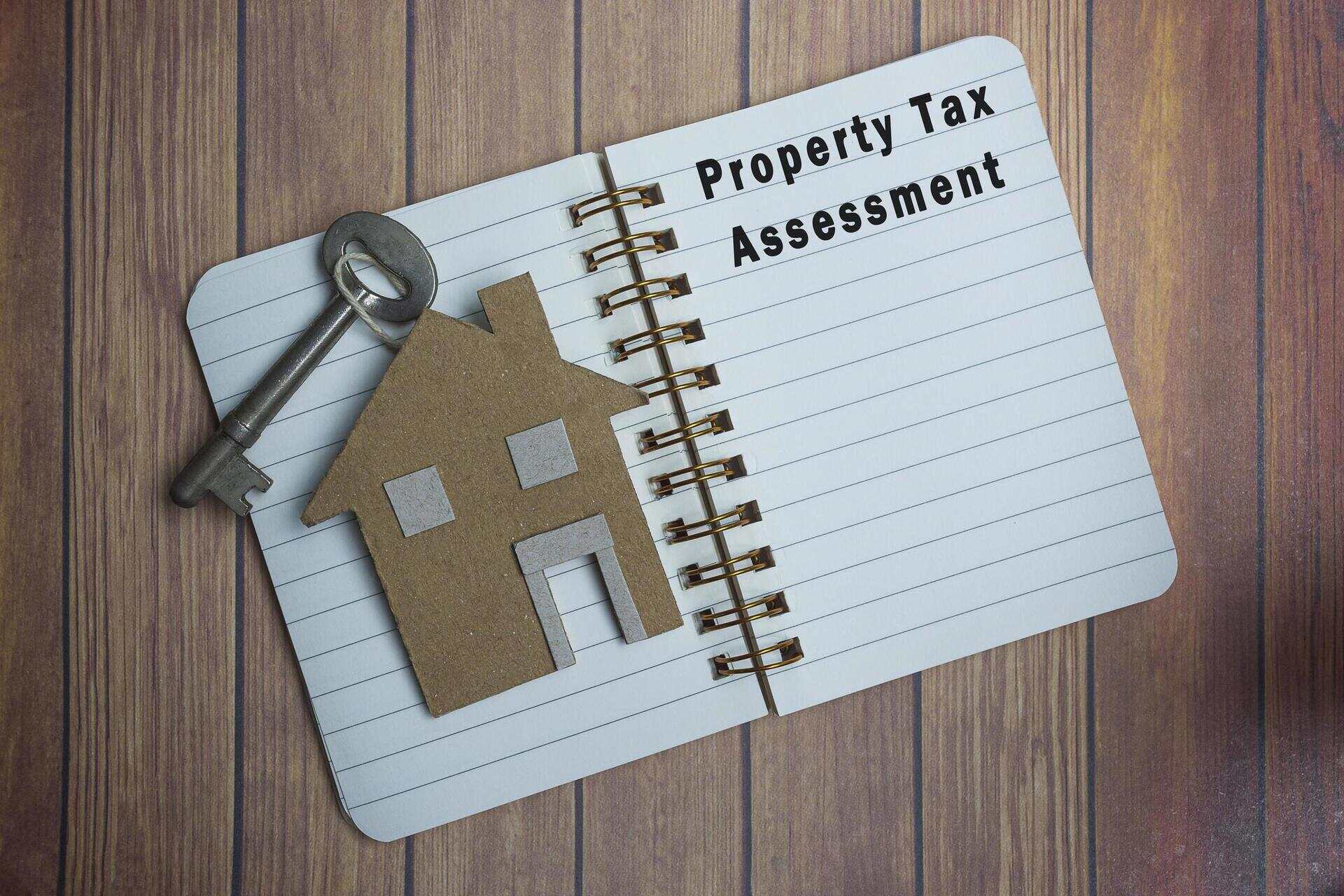

Home Maintenance
How Do I Obtain Tax Property Assessment
Modified: March 6, 2024
Learn how to obtain tax property assessment for home maintenance. Get all the information you need to ensure compliance and accurate property valuation.
(Many of the links in this article redirect to a specific reviewed product. Your purchase of these products through affiliate links helps to generate commission for Storables.com, at no extra cost. Learn more)
Introduction
Welcome to the world of tax property assessment! Whether you’re a homeowner looking to understand the value of your property or a potential buyer seeking information on a prospective purchase, obtaining a tax property assessment is essential. This assessment plays a crucial role in determining the value of a property for taxation purposes. It is important to have a clear understanding of how the process works and what steps you need to take to obtain an accurate assessment.
In this comprehensive guide, we will walk you through the process of obtaining a tax property assessment. We will explain what a tax property assessment is, why it is important, and provide step-by-step instructions on how to obtain one. By the end of this article, you will have the knowledge and tools to navigate the assessment process confidently.
So, let’s dive in and unlock the secrets of tax property assessment!
Key Takeaways:
- Understanding tax property assessment is crucial for homeowners and buyers, as it directly impacts property taxes, insurance, and resale value. It’s essential to obtain an accurate assessment to make informed real estate decisions.
- By following the step-by-step process of obtaining a tax property assessment, property owners can ensure they are paying the appropriate amount of taxes based on a fair assessment. It’s important to review the assessment carefully and file an appeal if necessary.
Understanding Tax Property Assessment
Before we delve into the steps of obtaining a tax property assessment, it’s essential to understand what it is and why it matters. A tax property assessment is an evaluation conducted by the local government to determine the value of a property for tax purposes. The assessed value of a property serves as the basis for calculating property taxes.
The assessment is typically performed by a local assessor, who considers various factors such as the property’s location, size, condition, and recent sales of comparable properties in the area. The goal is to determine a fair and accurate value that reflects the market conditions and characteristics of the property.
Why does a tax property assessment matter? Well, the assessed value directly affects the amount of property taxes you’ll be required to pay. A higher assessed value means higher taxes, while a lower assessed value means lower taxes. It’s important to have an accurate assessment to ensure that you are not overpaying or underpaying your fair share of property taxes.
Additionally, a tax property assessment can impact other financial matters such as insurance premiums, mortgage eligibility, and potential resale value. Therefore, obtaining an accurate assessment is crucial for making informed decisions related to real estate.
Now that you understand the significance of tax property assessment, let’s proceed to the step-by-step process of obtaining one.
Steps to Obtain Tax Property Assessment
Obtaining a tax property assessment may seem like a complicated process, but with proper guidance, it can be quite straightforward. Here are the steps you need to follow:
- Gather Necessary Information: Start by gathering all the essential information about your property, including the address, parcel number, and any relevant documents such as deeds or property surveys. This information will be helpful during your assessment process.
- Visit the Local Assessment Office: Locate your local assessment office or property tax office. This is usually at the county or municipal level. You can visit their website or contact them directly for information on their office hours and requirements.
- Meet with an Assessor: Schedule an appointment to meet with an assessor at the assessment office. During the meeting, the assessor will review the information you provide and gather additional details about your property. They may ask questions about the property’s size, features, and any recent renovations or additions.
- Provide Supporting Documentation: Be prepared to provide supporting documents that validate the information discussed during your meeting. This may include property deeds, surveys, building permits, or any other relevant paperwork that helps establish the value of your property.
- Review the Assessment: Once the assessor has gathered all the necessary information, they will calculate the assessed value of your property. It’s important to review the assessment carefully to ensure it accurately reflects the market value of your property. If you have any concerns or questions, don’t hesitate to ask the assessor for clarification or further explanation.
- File an Appeal (if necessary): In some cases, you may disagree with the assessed value assigned to your property. If you believe the assessment is inaccurate or unfair, you have the right to appeal. The process for appealing an assessment varies depending on your local jurisdiction. Consult your assessment office for information on how to file an appeal and the required deadlines.
By following these steps, you should be able to obtain a tax property assessment for your property. Remember to be prepared, provide accurate information, and review the assessment carefully to ensure a fair evaluation of your property’s value.
Now that you know the steps involved, you can confidently approach the process of obtaining a tax property assessment. It’s time to take control of your property’s value and ensure that you’re paying the appropriate amount of taxes based on a fair assessment.
Step 1: Gather Necessary Information
Before you can proceed with obtaining a tax property assessment, the first step is to gather all the necessary information about your property. This information will be crucial during the assessment process and will ensure smooth communication with the assessor. Here’s what you need to do:
- Property Address: Start by collecting the exact address of your property. This includes the street name, house or building number, and any additional details such as apartment or unit numbers.
- Parcel Number: Check if your property has a unique parcel number assigned to it. This number is typically used by the local tax office to identify and track properties. You can find this information on your property tax bill or by contacting your local tax office.
- Property Documents: Gather any relevant property documents that you have in your possession. This may include property deeds, surveys, or previous assessments. These documents can provide valuable information about the boundaries, size, and ownership of your property.
- Recent Improvements: Make a list of any recent improvements or additions made to your property. This can include renovations, upgrades, or new construction. Note down the approximate dates and costs of these improvements.
- Property Features: Take some time to jot down the key features of your property. This can include the number of bedrooms and bathrooms, square footage, lot size, and any notable amenities such as a pool, garage, or outdoor living space.
- Recent Sales in the Area: Research recent sales of comparable properties in your neighborhood. This will give you an idea of the market value of similar properties in the area. Websites, real estate agents, and local property listings can be helpful sources of such information.
Note: It’s important to gather accurate and up-to-date information. Providing the assessor with correct data will ensure the assessment accurately reflects the value of your property.
By gathering all these necessary pieces of information beforehand, you will be well-prepared to move forward with the tax property assessment process. It will also help streamline the communication with the assessor, making the assessment process more efficient.
Now that you have your information in order, it’s time to proceed to the next step: visiting the local assessment office.
Step 2: Visit the Local Assessment Office
With all the necessary information in hand, it’s time to visit your local assessment office. This office is typically located at the county or municipal level and is responsible for property assessments and taxes. Following are the key tasks to complete during your visit:
- Locate the Assessment Office: Start by finding the location of the local assessment office. You can check their website or contact them directly for their address and office hours. This information is crucial to ensure that you visit the office at the designated time.
- Make an Appointment: To ensure efficient service, it’s advisable to schedule an appointment in advance. This can help minimize wait times and ensure that an assessor is available to meet with you. Check the assessment office’s guidelines on appointment scheduling and make the necessary arrangements.
- Prepare Your Documents: Take time to organize the necessary documents you gathered in Step 1. This may include property deeds, surveys, recent improvements, or any other supporting paperwork. Having these documents readily available will make the assessment process smoother.
- Arrive on Time: On the scheduled day, make sure to arrive at the assessment office on time. This demonstrates your commitment to the process and allows for a productive meeting with the assessor.
- Be Prepared to Answer Questions: During your visit, the assessor will likely have questions about your property. Be prepared to provide accurate and detailed information about the property’s features, recent improvements, and any other relevant details. The more information you can provide, the better the accuracy of the assessment.
- Ask for Clarification: If you have any doubts or need clarification about the assessment process, don’t hesitate to ask the assessor. They are there to assist you and ensure that you understand the assessment process fully.
Visiting the local assessment office is a crucial step in the process of obtaining a tax property assessment. It provides an opportunity to meet with an assessor face-to-face and provide them with the necessary information and documentation. This personal interaction helps ensure a more accurate and comprehensive assessment of your property.
Now that you know what to expect during your visit to the assessment office, it’s time to move forward to Step 3: meeting with an assessor.
You can obtain your property tax assessment by contacting your local tax assessor’s office. They can provide you with the assessed value of your property and information on how it was calculated.
Read more: Property Assessment: How Much Tax Will I Pay
Step 3: Meet with an Assessor
Now that you have scheduled your appointment and arrived at the local assessment office, it’s time to meet with an assessor. This face-to-face meeting is an essential step in the tax property assessment process. Here’s what you need to know:
- Provide Key Property Information: When you meet with the assessor, be prepared to provide them with the key information about your property. This includes the address, parcel number, and any relevant documentation you gathered in Step 1.
- Discuss Property Details: The assessor will have a series of questions about your property. They will ask about its size, features, condition, and any recent improvements or renovations. Be forthcoming and provide accurate information to help the assessor understand the unique aspects of your property.
- Answer Assessment-related Questions: The assessor may ask you questions related to the assessment process, such as previous assessment history, challenges faced by the property, or any known property value fluctuations. Be honest and open in your responses, as this will contribute to a fair assessment.
- Ask Questions: Don’t hesitate to ask questions of your own during the meeting. Seek clarification on any aspects of the assessment process or address any concerns you may have. The assessor is there to assist you and help you understand the assessment better.
- Provide Additional Information: If you have any additional information that you believe will impact the assessment, such as market trends, sales data, or unique features of the property, present it to the assessor. This information can help in ensuring a more accurate assessment.
The meeting with the assessor is an opportunity for you to provide firsthand information about your property and engage in a dialogue regarding its assessment. It is important to be cooperative, transparent, and responsive during this meeting to facilitate a fair and accurate assessment.
Once the discussion with the assessor is complete, you can proceed to Step 4: providing supporting documentation.
Step 4: Provide Supporting Documentation
After meeting with the assessor and discussing the details of your property, it’s time to provide supporting documentation that validates the information discussed. This documentation plays a crucial role in the tax property assessment process and helps ensure an accurate valuation. Here’s what you need to do:
- Gather Relevant Documents: Start by gathering the documents that are relevant to your property and its value. This may include property deeds, surveys, building permits, floor plans, or any other paperwork that provides evidence of the property’s characteristics and improvements.
- Organize the Documentation: Once you have gathered all the relevant documents, take the time to organize them in a clear and coherent manner. This will help the assessor easily review and understand the information you are providing, improving the efficiency of the assessment process.
- Present the Documentation to the Assessor: During your meeting with the assessor, hand over the supporting documentation and explain how each document relates to the property. This will aid the assessor in verifying the information and making an accurate assessment.
- Ensure Accuracy and Completeness: Before presenting the documentation, double-check that all the information is accurate and complete. Any errors or omissions may hinder the assessment process or lead to an inaccurate valuation of your property.
- Make Copies for Your Records: It’s always a good idea to make copies of the provided documentation for your own records. This can serve as a reference in case of any future inquiries or disputes regarding the assessment.
By providing the assessor with clear and comprehensive supporting documentation, you are substantiating the information discussed during your meeting. This documentation serves as evidence and helps the assessor make an informed and accurate assessment of your property’s value.
With Step 4 complete, you are one step closer to obtaining your tax property assessment. The next step is Step 5: reviewing the assessment.
Step 5: Review the Assessment
After you have provided all the necessary documentation to the assessor, they will proceed to evaluate your property and determine its assessed value. Once the assessment is complete, it’s essential to review it carefully. Here’s what you need to do in Step 5:
- Receive the Assessment: The assessor will provide you with a copy of the assessment, detailing the assessed value of your property. Take the time to review this document thoroughly.
- Check for Accuracy: Carefully examine the assessment to ensure that all the information is accurate. Verify that the property details, such as size, features, and any recent improvements, are correctly reflected in the assessment.
- Consider the Market Value: Compare the assessed value with the market value of similar properties in your area. This can help you determine if the assessment aligns with current market conditions and if it reflects a fair value for your property.
- Verify the Assessment Methodology: Understand the methodology used by the assessor to determine the assessed value. This can include factors such as comparable sales data, property characteristics, and market trends. If you have any questions about the methodology, don’t hesitate to ask the assessor for further clarification.
- Assess Fairness: Evaluate the fairness of the assessment by considering its consistency with other properties in your neighborhood. If you believe the assessed value is significantly higher or lower than comparable properties, you may need to further discuss it with the assessor or consider filing an appeal.
While the assessor strives to provide an accurate assessment, errors or discrepancies can still occur. Therefore, it is crucial to thoroughly review the assessment and ensure its accuracy and fairness. If you have any concerns or questions, reach out to the assessor for clarification.
Remember that the assessment serves as the basis for calculating your property taxes, so it is essential to ensure that it reflects an accurate and fair value.
With Step 5 complete, you are nearing the end of the process. The final step is Step 6: filing an appeal (if necessary).
Step 6: File an Appeal (if necessary)
In some cases, after reviewing your property assessment, you may find that you disagree with the assessed value. If you believe the assessment is inaccurate, unfair, or inconsistent with market values, you have the right to file an appeal. Step 6 entails the process of filing an appeal if necessary. Here’s what you need to know:
- Understand the Appeal Process: Familiarize yourself with the appeal process specific to your jurisdiction. Each jurisdiction may have different requirements and deadlines for filing an appeal. It’s essential to follow the prescribed procedures to ensure your appeal is considered.
- Contact the Assessment Office: Reach out to your local assessment office to inquire about the appeals process and obtain the necessary forms or information. They can provide guidance and answer any questions you may have about challenging the assessment.
- Prepare Supporting Evidence: Gather supporting evidence to substantiate your claim. This can include recent comparable sales data, property appraisals, photographs, or other documentation that demonstrates the discrepancy between the assessed value and the actual value of your property.
- Complete the Appeal Form: Fill out the appeal form accurately and provide all the required information. Be specific in explaining the basis for your appeal, citing any evidence you have gathered that supports your case.
- Submit the Appeal: Once you have completed the appeal form and gathered the supporting evidence, submit it to the designated authority within the specified timeframe. Make sure to retain a copy of the appeal form and all supporting documentation for your records.
- Attend the Appeal Hearing: If your appeal is accepted, you may be required to attend an appeal hearing. During the hearing, present your case and provide any additional evidence or arguments to support your position. Be articulate, organized, and confident in presenting your appeal.
- Respect the Decision: The appeal decision will be communicated to you once the process is complete. It’s important to respect the outcome, whether in your favor or not. If the decision is not in your favor, you may have the option to pursue further legal avenues if you believe it is necessary.
Filing an appeal is your right as a property owner to ensure that your property is assessed accurately and fairly. However, keep in mind that the appeal process may vary depending on your jurisdiction, and there may be specific requirements or procedures to follow. Make sure to consult your local assessment office for guidance and adhere to the given instructions.
With all the steps completed, you have successfully navigated the process of obtaining a tax property assessment. By following these steps and taking the necessary actions, you have actively participated in determining the value of your property for taxation purposes. Now, you can proceed with confidence, knowing that you have taken the necessary steps to obtain an accurate assessment.
Remember, the tax property assessment serves as the basis for calculating property taxes, and it is crucial to have an assessment that reflects the true value of your property.
Congratulations on completing the process, and best of luck with your tax property assessment!
Conclusion
Obtaining a tax property assessment is a crucial step in understanding the value of your property for taxation purposes. By following the steps outlined in this guide, you have gained the knowledge and tools needed to navigate the assessment process with confidence.
We began by understanding the importance of tax property assessment and how it directly impacts property taxes, insurance premiums, mortgage eligibility, and potential resale value. Having an accurate assessment ensures that you are paying your fair share of taxes and making informed decisions regarding your property.
We then took a deep dive into the step-by-step process of obtaining a tax property assessment. From gathering necessary information and visiting the local assessment office to meeting with an assessor, providing supporting documentation, reviewing the assessment, and filing an appeal if necessary, each step is crucial in ensuring a fair and accurate assessment.
Throughout the process, we emphasized the importance of clear communication, accurate information, and understanding the assessment methodology. We also discussed the option of filing an appeal if you disagree with the assessed value, providing guidance on how to navigate the appeals process.
By following these steps, you have actively participated in determining the value of your property and ensuring a fair assessment. Remember that the assessment serves as the basis for calculating property taxes, so obtaining an accurate assessment is key to avoiding overpayment or underpayment.
We hope that this comprehensive guide has provided you with valuable insights and guidance on obtaining a tax property assessment. With this knowledge, you can confidently navigate the assessment process and make informed decisions regarding your property.
Thank you for joining us on this journey to understand how to obtain a tax property assessment. Enjoy the benefits of having a clear understanding of your property’s value and its impact on your financial obligations.
Frequently Asked Questions about How Do I Obtain Tax Property Assessment
Was this page helpful?
At Storables.com, we guarantee accurate and reliable information. Our content, validated by Expert Board Contributors, is crafted following stringent Editorial Policies. We're committed to providing you with well-researched, expert-backed insights for all your informational needs.



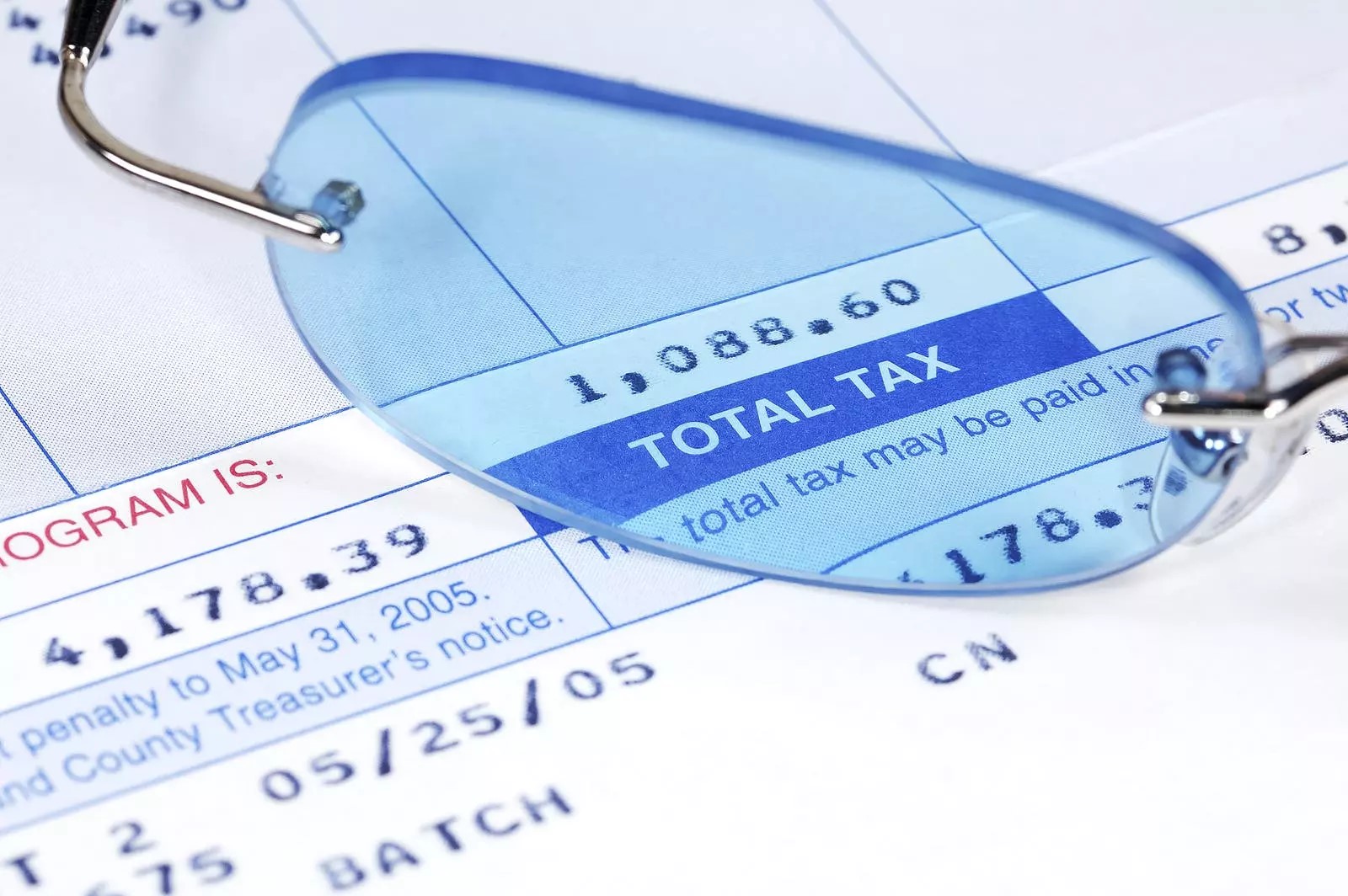



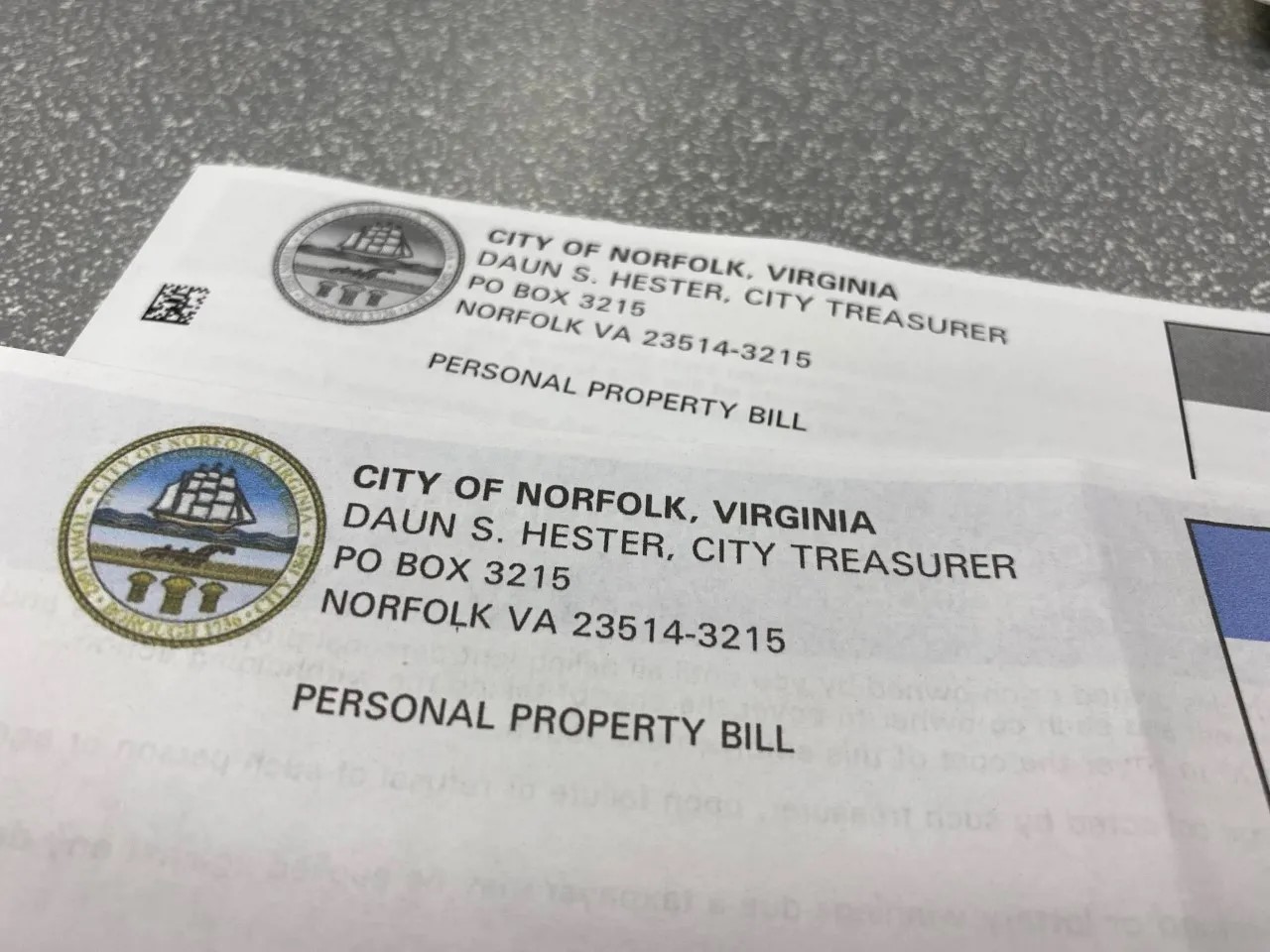
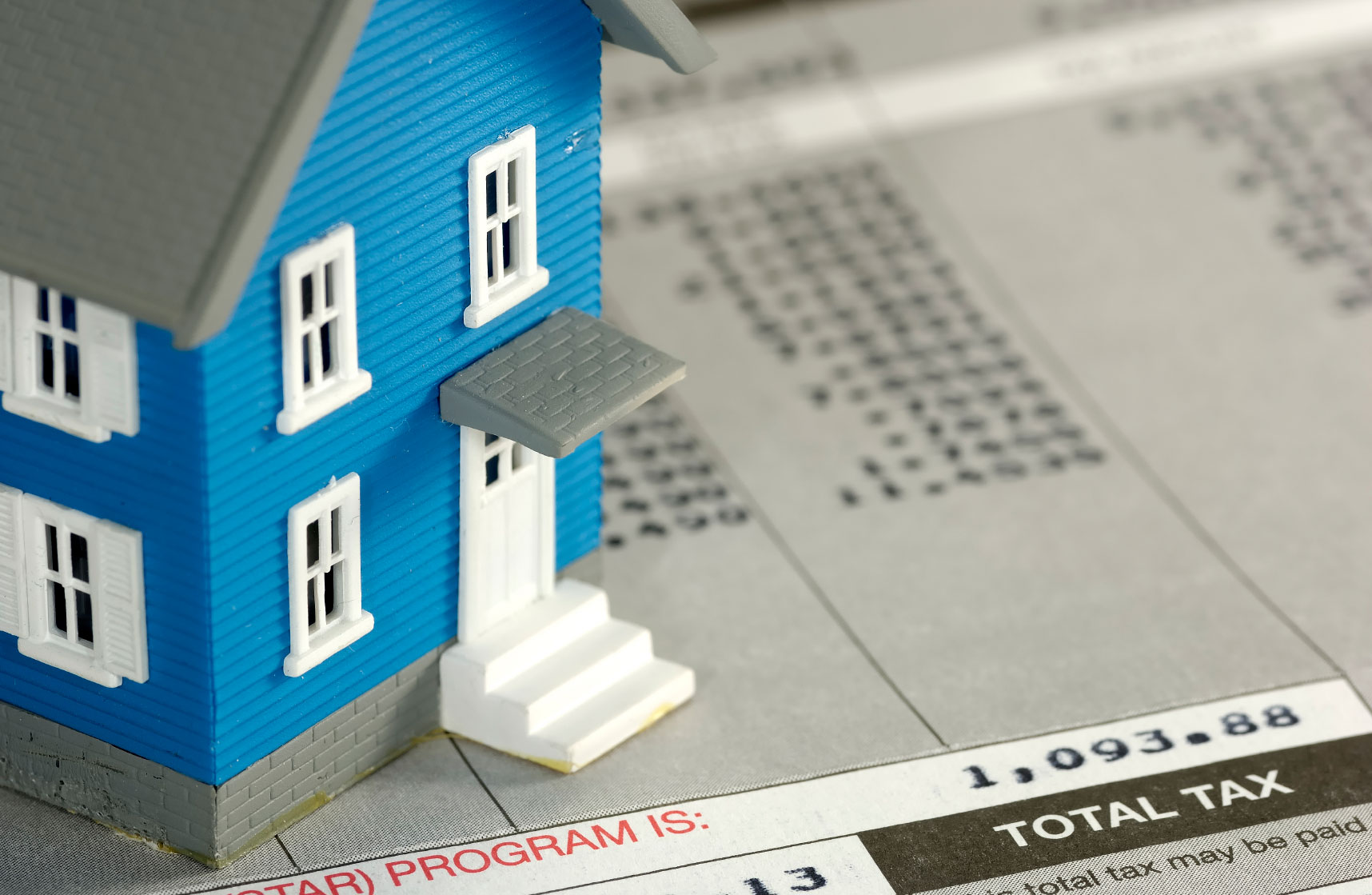


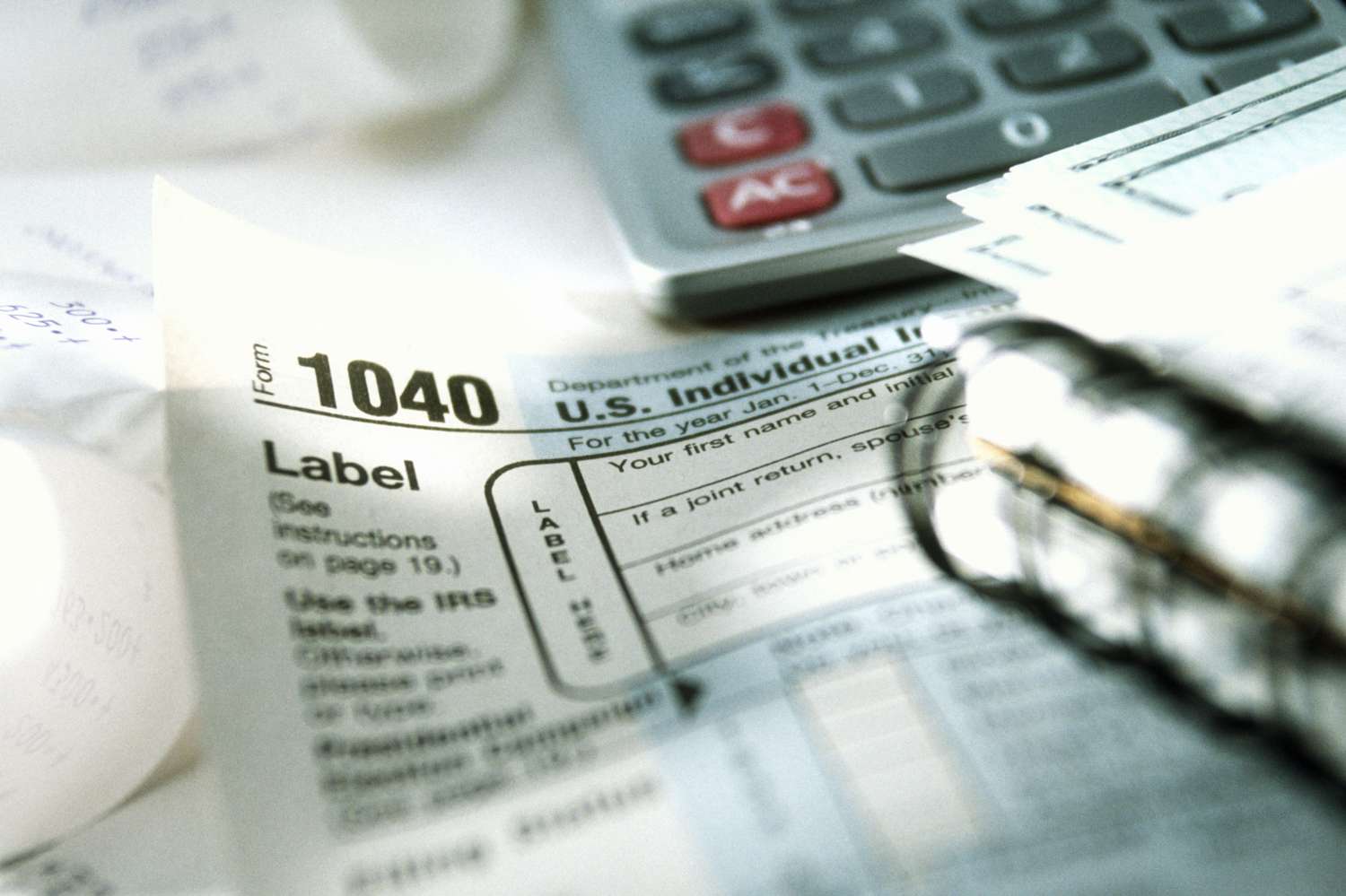


0 thoughts on “How Do I Obtain Tax Property Assessment”